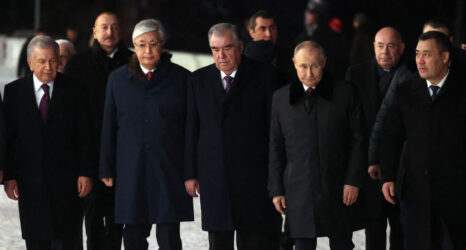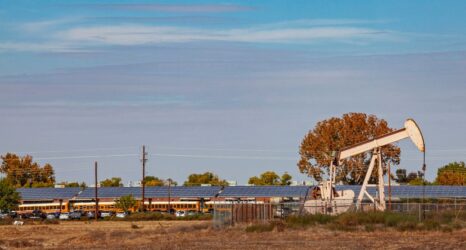After two days of enduring Hurricane Sandy’s wrath, Americans in the Northeast and Mid-Atlantic regions are now experiencing the aftermath of the Frankenstorm, one of the worst natural disasters this country has ever faced. Schools, businesses and mass-transit systems were shut down Monday and Tuesday, and many are closed today as well. New York City Mayor Michael Bloomberg has stated that the city’s subway system could be closed for up to five days, as many of the stations across Queens and lower Manhattan are still filled with water. As of Wednesday, the U.S. death toll had risen to at least 50; 22 of those deaths occurred in New York City. TIME notes that Hurricane Sandy will end up costing approximately $60 billion in property damages and lost business.
So, what does this disaster mean for women who reside in the hurricane’s path? According to a study by the Pan American Health Organization [PDF], women are disproportionately affected by natural disasters for a variety of reasons, largely because of socially constructed gender roles. In general, the study says, women still have less access to control over land, social influence and economic resources than do men. This renders them less able to control decisions pertaining to disaster preparedness, such as migration and rehabilitation.
The gendered division of labor additionally contributes to women’s increased vulnerability during natural disasters. For example, the caregiving industry is almost entirely comprised of women. If a caregiver is responsible for caring for children or the disabled or elderly, her chances of evacuating a dangerous area quickly and efficiently are greatly diminished. Furthermore, should a caregiver remain in an affected area, her work will be likely to exponentially increase following the disaster. This poses a significant problem because funds and resources are spread very thinly in the wake of natural disasters, and caregivers around the country still lack basic employee rights. The study additionally notes that women caregivers or who are otherwise burdened with domestic duties often do not have the liberty to relocate and look for work elsewhere following a national disaster. Men often do migrate, leaving behind households headed by single women with inadequate resources to care for themselves and their families.
Looking beyond gender roles, numerous studies have shown that domestic and sexual abuse increase following natural disasters. Many factors are at play, here: Psychological strain, alcohol and/or drug abuse, a lack of police protection and an increased sense of lawlessness all contribute to a spike in violence against women, particularly in settings such as refugee camps where women who are alone are exposed and unprotected. As demonstrated by the post-Katrina chaos in the Superdome or the post-earthquake trauma in Haiti, the collapse of traditional societal support structures tend to be accompanied by a breakdown in acceptable behavior.
Women being particularly affected by natural disasters is only half the picture, however: The Pan American Health Organization cites several examples of women being key players in disaster recovery around the world:
Following Hurricane Mitch in 1998, women in Guatemala and Honduras were seen building houses, digging wells and ditches, hauling water and building shelters. Though often against men’s wishes, women have been willing and able to take an active role in what are traditionally considered ‘male’ tasks. This can have the effect of changing society’s conceptions of women’s capabilities.
After the 1985 earthquake in Mexico City, women maquiladoras organized themselves into the 19 de septiembre Garment Workers’ Union, which was recognized by the Mexican government and proved instrumental in lobbying for the recovery of women’s employment.
Women have responded loudly and clearly to disasters in the U.S. as well, proving themselves indispensable to rehabilitation efforts. As the last vestiges of Hurricane Sandy continue to wreak havoc, our hearts go out to everyone affected. We can only hope and continue to prepare for a smooth recovery–one that does not marginalize women in the process.
Photo of Hurricane Sandy in action via Flickr user dedhed1950 licensed under Creative Commons 2.0.





